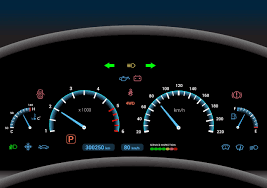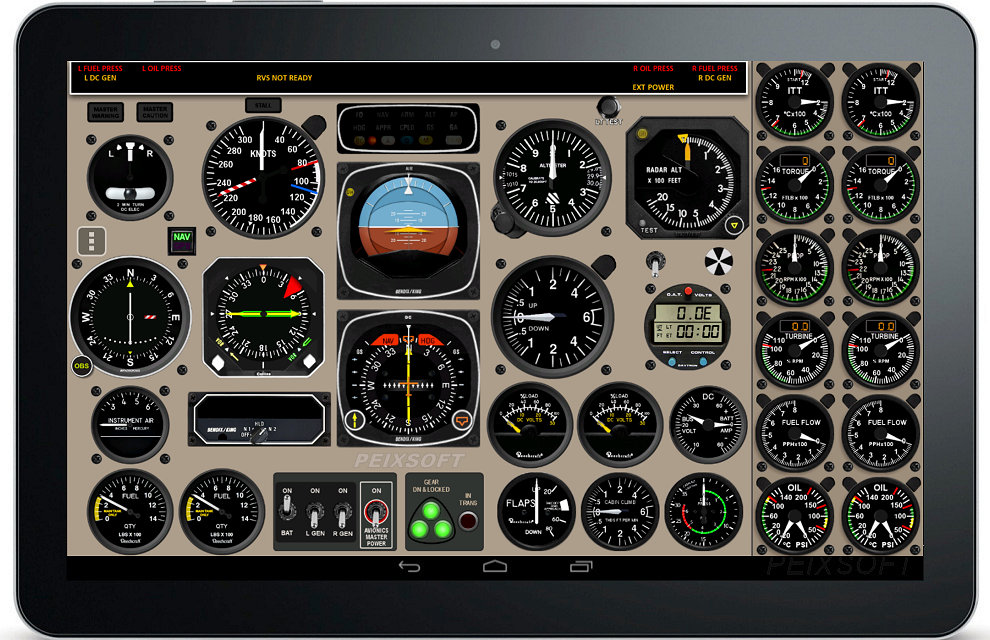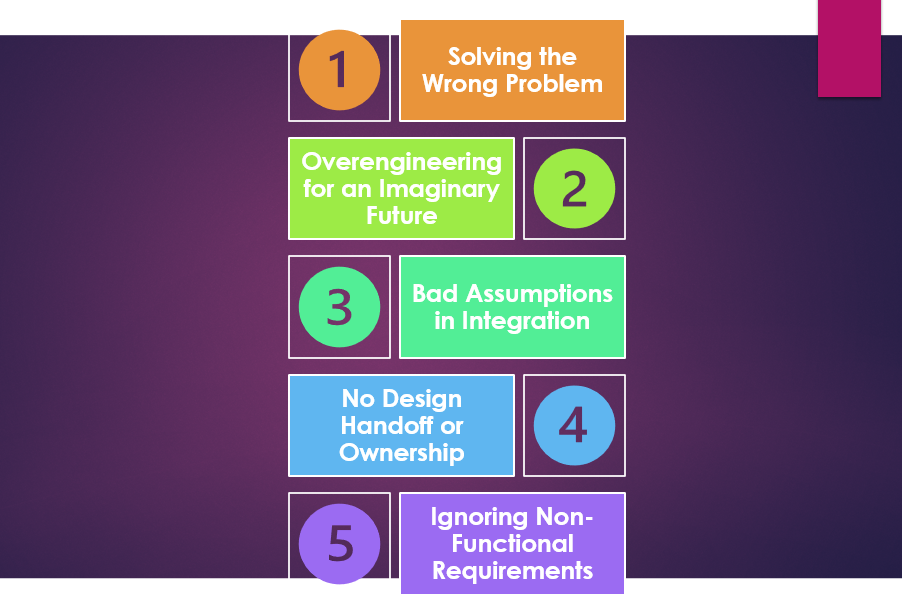Ever stared at a system diagram and felt totally lost?
You’re not the only one. Complexity is everywhere in tech – and it’s often treated like a badge of honor. But at BeeStack, I believe systems don’t have to be overwhelming. In fact, the best ones usually aren’t.
Let’s talk about how to simplify without sacrificing power – and why doing so might just be the smartest design move you’ll make.
We’ve been taught that complex problems require complex solutions. But in architecture, complexity is often just a lack of clarity dressed in technical language.
A sprawling system might look impressive – until you try to scale it, document it, or onboard someone new.
True architecture isn’t about how much you can build. It’s about how elegantly it works.

Bees build hives in hexagons for a reason – it’s the most efficient, compact, and strong design. System design should follow the same principle: build what’s necessary, shape it well, and avoid waste.
Bees don’t build chaos. They build hives in perfect hexagons – compact, repeatable, and efficient. Every cell has a purpose. That’s the mindset we need in systems design.
Start with:
- A clearly defined goal
- Tools you actually understand
- The minimum viable structure
Strip away the rest – not because it’s bad, but because it’s not needed yet.
Clear systems are easier to maintain, easier to explain, and easier to scale. And guess what? Your future self (and your team) will thank you.
That’s what BeeStack is all about: helping you build smarter by making complexity optional – not assumed.


Real-Life Example: Car Dashboards vs. Cockpit Panels
Imagine getting into a car. You see a clean dashboard: a speedometer, fuel gauge, maybe a touchscreen, and a few buttons. Everything is where it should be – intuitive, accessible, and easy to use. You focus on driving.
Now imagine getting into the cockpit of a commercial airplane. Hundreds of switches, dials, and indicators. Why? Because flying a plane requires that complexity due to the system’s critical nature and variations in flight dynamics.
But here’s the key: Your software solution is probably not a 747.
A small business inventory system doesn’t need 20 dropdown menus, dynamic graphs on every page, and multiple redundant workflows.
What it needs is:
- A simple way to log products
- Easy stock updates
- Reliable reporting
The Takeaway:
We should never add complexity just because we can. Every additional feature should be tied to a clear user need or a real business goal.
✅ If a junior staff member can’t use your tool without training,
❌ it’s not simple enough.
In the hive of technology, the best architects are not the ones who build the most elaborate structures – they’re the ones who make the most effective systems with the fewest moving parts.




